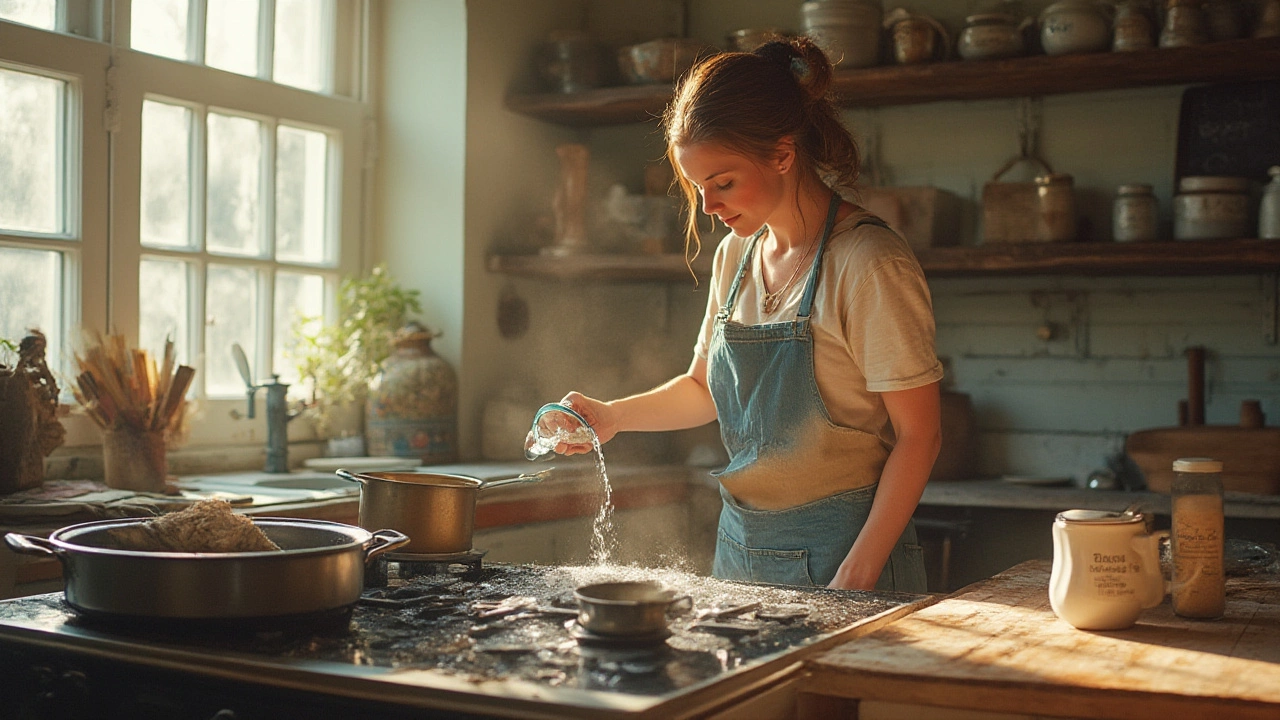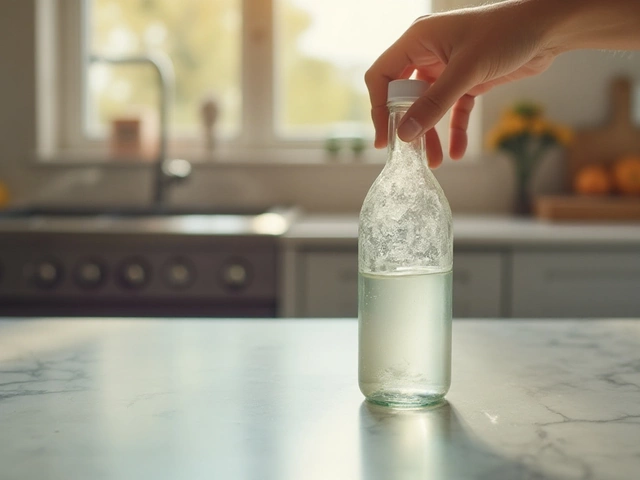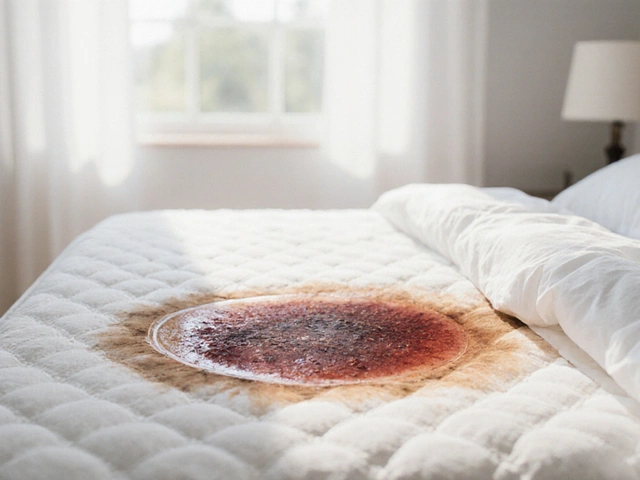Grease is the villain of every home cook’s story. It shows up after you fry bacon, splatters on countertops, and clings to cookware like it has a personal vendetta. If you look around the internet or ask that one neighbor who loves DIY cleaning hacks, you’ll hear about the magic duo: baking soda and vinegar. Some people swear this mix zaps grease into oblivion. Others shrug it off as old-school myth. The real question: do these pantry staples really dissolve grease, or are we all chasing bubbles for nothing?
The Science Behind Baking Soda, Vinegar, and Grease
Let’s get straight to the point: grease is just fat that’s turned sticky and stubborn when exposed to heat. Most kitchen grease is made up of triglycerides—big molecules with a water-repellent nature. Soap beats grease easily because it’s designed to break down fats. But what about baking soda and vinegar? First, here’s the science bit: baking soda (sodium bicarbonate) is a mild alkaline powder. Vinegar is acetic acid. When you combine them, they react instantly, fizzing away and making carbon dioxide foam.
But here’s the catch. That familiar fizzing isn’t actually what kills grease. The foam is just a side effect from an acid-base reaction. The real cleaning power comes from each ingredient on its own. Baking soda is gritty, so it acts like a soft scrub, scraping away stuck-on gunk. Vinegar’s acid can help loosen light mineral deposits or act as a mild degreaser—especially for water-based stains. Put these two facts together and you’ve got a duo that, while fun to watch, isn’t exactly a powerhouse when it comes to dissolving real, fat-based kitchen grease. Scientific tests—like those done by America’s Test Kitchen and Consumer Reports—have found that the baking soda and vinegar combo is not nearly as effective at removing grease as a dedicated degreasing soap. That being said, if you only have these two items and a greasy pan that needs scrubbing, you can still get workable results by using them one after the other: baking soda for physical scrubbing, vinegar for a rinse.
One study included in a Journal of Environmental Health report (2015) found that while household acids and bases (like vinegar and baking soda) have some cleaning properties, their degreasing effect is mostly limited to surface stains and will not break down grease molecules as well as commercial detergents. Here’s why: fats require saponification—a reaction where an alkali reacts with fat to form soap and glycerol. Standard baking soda is too mild for this. True saponification needs the muscle of sodium hydroxide (lye), which is way stronger than what’s in your kitchen.
Still, baking soda and vinegar can make your cleaning routine easier. Baking soda’s abrasiveness helps lift off grime, while vinegar can cut through certain residues and add a shine to your surfaces. Their combo also does wonders on clogged drains where food particles, not thick fat, are the main culprit. So, it’s less about magical chemistry, more about teamwork and knowing what each ingredient does best.
Here’s a quick overview of how well baking soda and vinegar work versus other methods, based on real-life kitchen testing:
| Cleaner | Ease | Effectiveness Against Grease | Best Use |
|---|---|---|---|
| Baking Soda & Vinegar (together) | Easy | Low-Moderate | Light grime, deodorizing, de-clogging |
| Baking Soda (alone) | Easy | Moderate | Scrubbing, burnt-on residue |
| Vinegar (alone) | Very Easy | Low | Deodorizing, mineral stains |
| Dish Soap | Very Easy | High | Breaking down grease and oils |
| Commercial Degreaser | Moderate | Very High | Heavy-duty cleaning |
If you’re fighting a giant splatter of stove-top grease, reach for soap. If you’re mostly concerned with a lingering smell or a bit of stuck-on food, baking soda and vinegar have their place. But don’t expect them to dissolve thick, stubborn grease stains like magic.
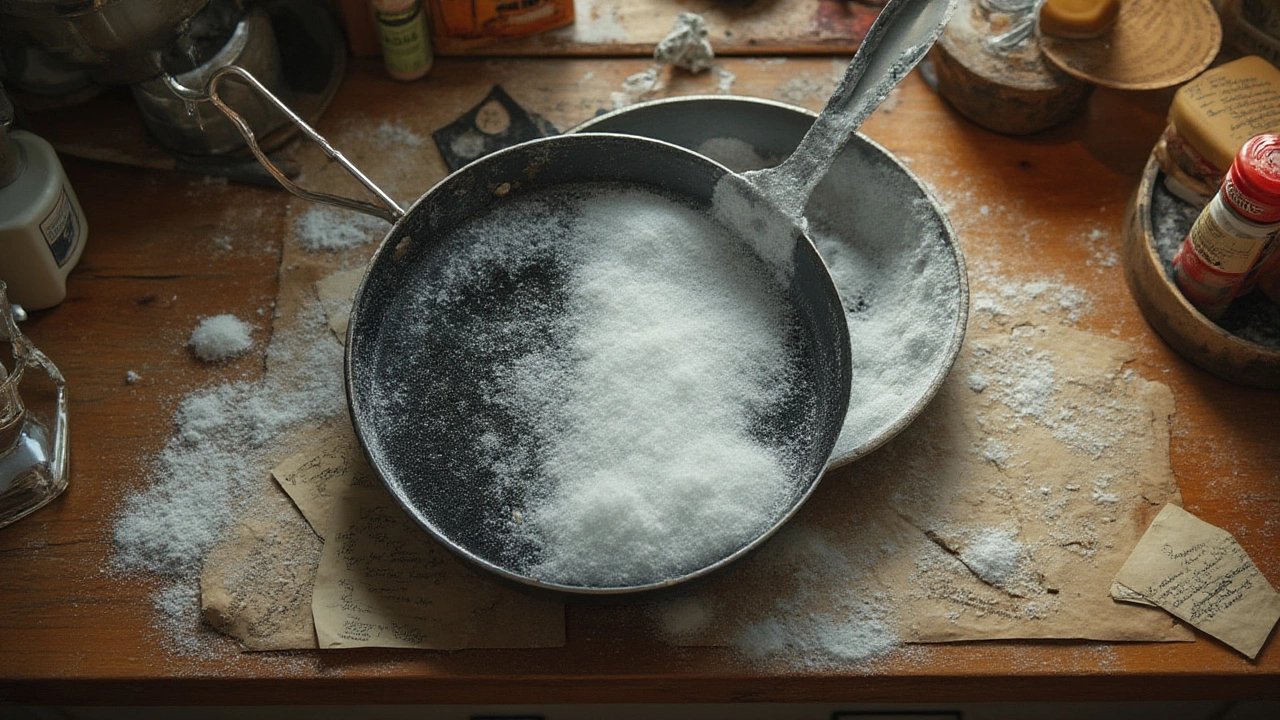
Tips and Best Ways to Use Baking Soda and Vinegar in the Kitchen
Not all cleaning jobs are created equal. That goes double for kitchen messes. Some spatters need more muscle than others, and certain jobs just need you to change tactics entirely. Here comes the part most people get wrong: mixing baking soda and vinegar doesn’t give you a new super-cleaner. In fact, the fizz means most of the cleaning power is neutralized. So, if you want to use these pantry staples to best effect, keep them separate and let each one do what it does best.
Scrub the greasy surface with slightly damp baking soda. Its fine grains will work like a gentle sandpaper, especially on stovetops or inside ovens. Wait about ten minutes. Wipe away as much as you can. Now it’s vinegar’s turn. Splash or spray some white vinegar onto the surface. You’ll get a bit of fizz (especially if you didn’t wipe all the baking soda away), which helps lift off the loosened grime, but mostly the vinegar will add shine and cut through mild residues. Then, wipe everything down with a clean, wet rag or paper towel.
I’ve seen plenty of recipe blogs suggest pouring both down a greasy drain and hoping for the best. This can be useful for food bits stuck in pipes, but it won’t actually dissolve thick layers of pure grease. If you need to degrease kitchen cabinets, mix baking soda with a little warm water until you get a paste. Use a sponge to apply it, leave it for five minutes, and wipe it down. For glass oven doors, make a baking soda paste, spread it on, leave it for 20 minutes, and then scrub it off with a damp sponge. For deodorizing a trash bin or fridge, stick with baking soda alone. Vinegar, on the other hand, is great for cleaning coffee makers, kettles, and any appliance with mineral buildup.
A fun tip: baking soda and vinegar really shine for getting rid of stinky food smells from microwaves. Place a small bowl of water with a couple tablespoons of vinegar inside the microwave, heat it for three minutes, and then wipe the interior with a cloth sprinkled with baking soda. The combo eliminates odor and bits of splatter without harsh chemicals.
Here’s a list to keep handy for your next kitchen clean-up:
- Use baking soda dry for stuck-on food and light grease as a scrub.
- Add water to baking soda for a deeper scouring paste.
- Apply vinegar separately as a rinse to add shine and deodorize surfaces.
- For clogged sinks, baking soda and vinegar fizz helps dislodge debris (but doesn't cut thick grease).
- For best results, use a degreasing dish soap on heavy grease, and save baking soda and vinegar for routine cleaning and deodorizing.
There’s a reason people come back to these ingredients. They’re cheap, safe for most surfaces, and don’t leave behind weird chemical smells. The trick? Don’t expect them to do it all—sometimes you still need good old soap or a little elbow grease.
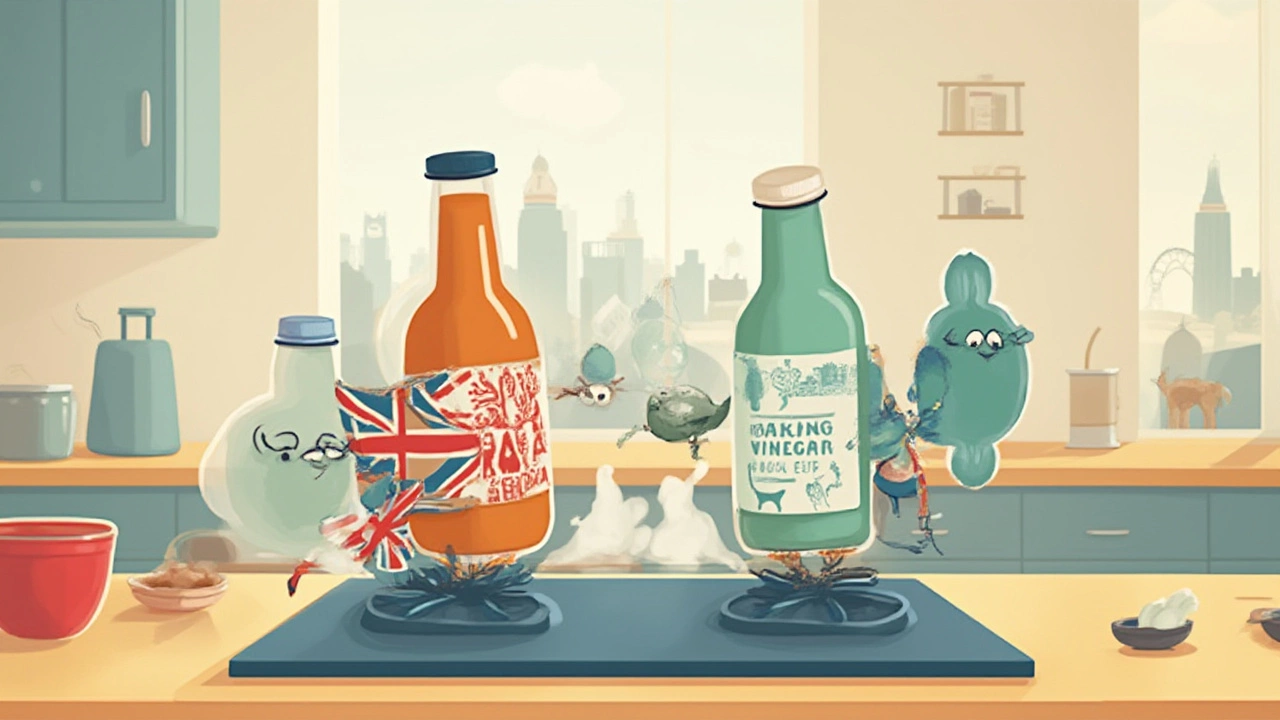
Why the Baking Soda and Vinegar Myth Persists
Why do so many people still believe this combo can melt even the most stubborn fryer grease? Simple: the reaction is dramatic. That hiss-and-fizz action looks like it’s doing more than it actually is. It’s satisfying. It feels like science in your kitchen. Plus, everybody wants an easy solution—one that doesn’t mean picking up a bottle of chemical cleaner.$newline$Some of it comes down to nostalgia. Your grandma probably used this mix. So did your parents. Old home remedy books “guaranteed” its power. Then there are social media “cleanfluencers” who swear by it—often skipping over the science because the bubbles look cool on video. The psychological payoff is real, but the cleaning power, especially against greasy messes, is just... average.
If you dig through real research, almost every cleaning expert lands at the same spot. Here’s how the pros put it. According to chemist and author Dr. Amanda Morris, Virginia Tech:
“Baking soda and vinegar are great for certain cleaning tasks, but they do not truly dissolve or cut through grease the way a detergent or degreaser does. The reaction between them neutralizes both, creating carbon dioxide gas, which isn't an effective cleaner by itself.”That blunt reality matches what’s been found over and over in kitchen tests.
But there’s something extra satisfying in doing things the “homemade” way. Maybe it’s the lack of weird smells or the comfort in knowing you’re not coating your pans in harsh detergents. And let’s be honest, everyone loves a hack that only uses what you already have at home.
If you want a safe, cost-effective cleaning routine for light grime and keeping sinks fresh, you do you. Baking soda and vinegar can help, just not with the grease monsters. For that, trust reliable dish soap, some hot water, or a store-bought degreaser, especially on days when breakfast-for-dinner turns your kitchen into a grease graveyard.
